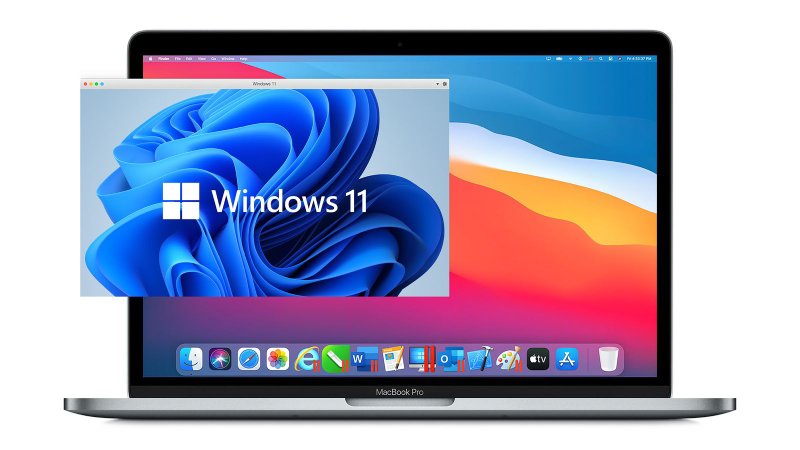Even if not in the manner you might hope, Microsoft has officially approved a method for running Windows 11 on ARM-based Macs. The company has “authorized” Parallels Desktop 18 to run the ARM versions of Windows 11 Pro and Enterprise on M1- and M2-based Macs, according to a new support article. The virtual machine could theoretically be used without offending your IT manager if you need Windows for work.
You can probably guess that there are restrictions. Microsoft is removing 32-bit software from all ARM Windows builds, so 32-bit ARM applications cannot be used. If you don’t have Windows 11 ARM drivers, your devices won’t work. Android apps, the Linux sybsystem, and Windows Sandbox are examples of virtualization-dependent applications that cannot be used. Also, you won’t be able to play some games because they won’t work unless you have DirectX 12 or OpenGL 3.3 installed.
Since 2021, it has been possible to run Windows 11 on ARM Macs using Parallels, and it even ran reasonably well. However, at the time, you had to use an Insider preview of the OS, and Microsoft stated at the time that it did not intend to support new Macs. The approved method eliminates licensing issues, and Parallels Desktop 18 now makes it simple to download and install Windows 11.
Microsoft hasn’t said how it changed licensing; up until this point, it only licensed ARM versions of Windows directly to PC manufacturers. According to Parallels, you can purchase a single Windows 11 Pro license or follow your employer’s standard purchasing procedure.
Users who desire native Windows support will not be satisfied by this, as they did with Intel-based Macs running Apple’s Boot Camp. Performance and compatibility won’t be as good as they would be on an ARM-based Windows PC. However, it may be the closest thing you can get without Apple and Microsoft working together, and if there is a Windows productivity app that must be used, it may be sufficient.




